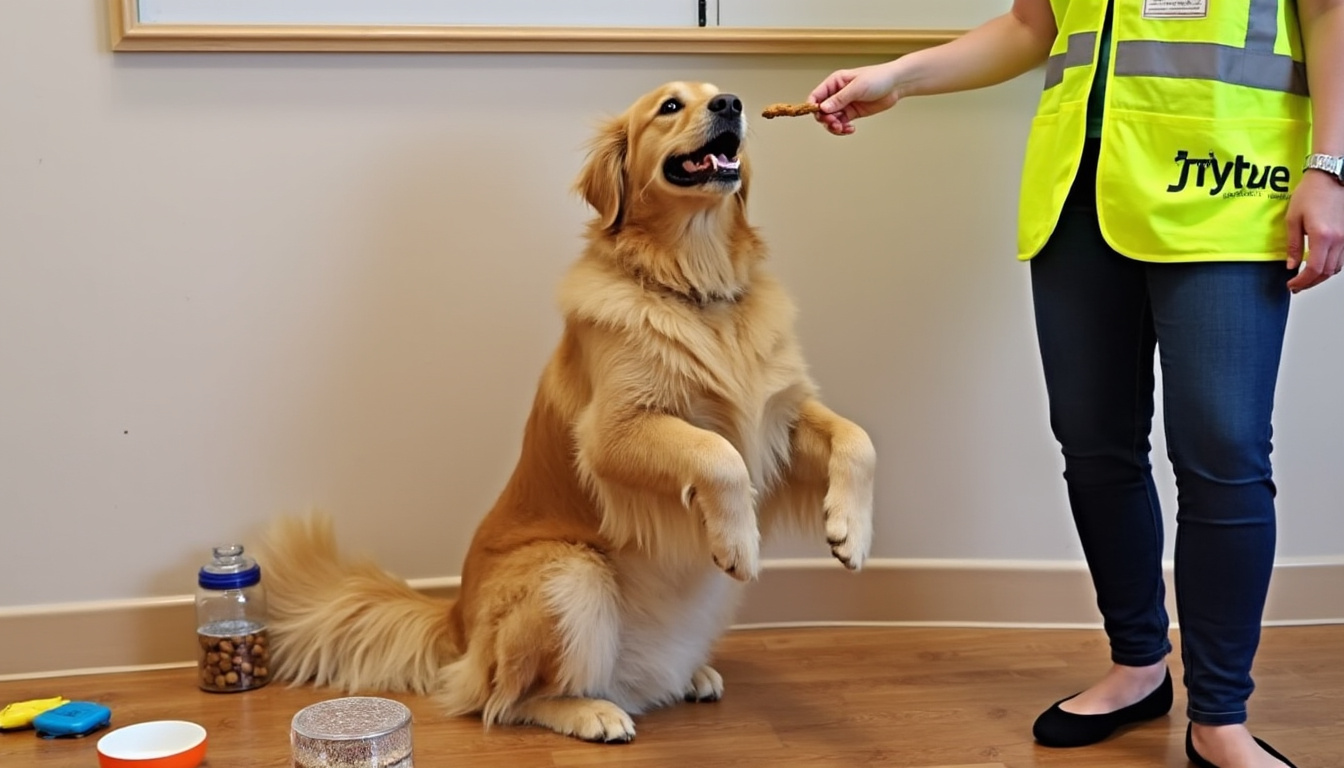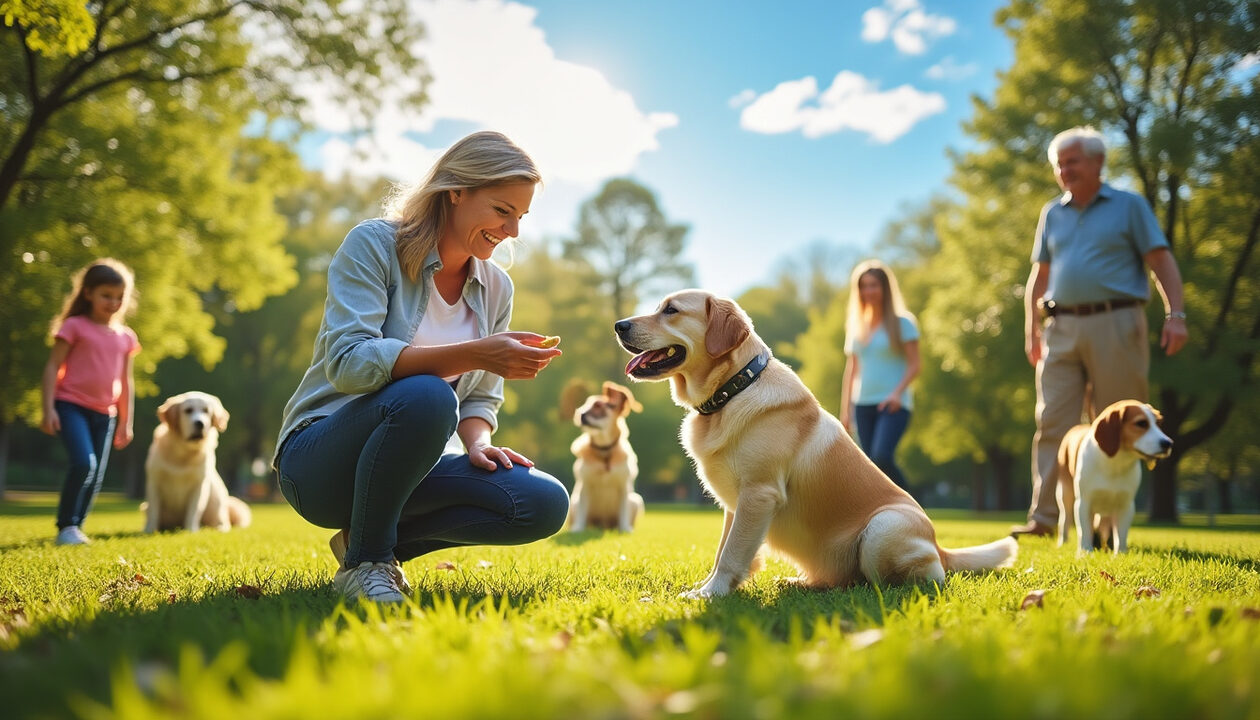What are the basic principles of dog training?
Dog training is an essential journey for any dog owner. It is not just limited to teaching basic commands, but also encompasses ways to establish communication and a strong bond with our four-legged companion. Understanding the basic principles of dog training helps us create a positive and respectful environment that encourages learning. This article will immerse you in the heart of this fascinating discipline by exploring the various dog training techniques, from positive training methods to how to manage undesirable behaviors.
Throughout this journey, we will also cover the various essential aspects to consider during the educational process, from dog training books to dog training products. Whether you’re a new adopter or a passionate individual looking to improve your skills, you will find valuable advice tailored to your needs. Ready for the adventure? Let’s go!
The Foundations of Dog Training
It is essential to lay a good foundation for successful dog training. This involves understanding your dog’s fundamental needs and establishing a responsible educational framework.

The Dog’s Fundamental Needs
Before embarking on any teaching approach, it is crucial to understand the physiological and psychological needs of your companion. Dogs are social animals that require mental stimulation, attention, and regular physical exercise. A well-balanced dog will be more receptive during training sessions. Dog training brands like Kong or Zogoflex offer innovative products to stimulate your pet’s intellect, thus enhancing their concentration.
The Basic Principles of Dog Training
Some basic principles of dog training include consistency, patience, and a positive approach. Ensure that you are always consistent in your commands so that your dog can properly absorb them. Use rewards to reinforce positive behaviors and never punish negatively, as this can lead to anxiety and behavioral issues. Positive training methods focus precisely on these aspects and are recommended by professionals.
Dog Training Techniques
Diverse dog training techniques exist, each with its own characteristics and objectives. Exploring these methods will allow you to choose the one that best fits your dog and expectations.
The Use of Basic Commands
Commands such as “sit,” “lie down,” or “come” are essential to ensure the safety of your dog and others. Good dog coaching begins with teaching these commands. By repeating these commands in varied environments, your dog will learn to behave appropriately in all situations. Online resources as well as books offering practical exercises can assist you in this learning process.
Desensitization Techniques
Dogs can develop inappropriate behaviors in response to certain situations, such as loud noises or crowds. Desensitization techniques allow them to gradually acclimate to these elements by exposing them progressively and associating these stimuli with positive experiences. This helps to bolster their self-confidence. Dog training products like pheromone diffusers can also aid in this regard.
Common Mistakes in Dog Training
Good dog training can easily be compromised by common mistakes that many owners make, often without realizing it.

Inappropriate Methods
Using a training collar has often been a popular choice for some people, but it can lead to detrimental effects. A punitive approach generally leads to more behavioral issues than it resolves. It is better to focus on positive methods to create a trusting relationship with your pet.
Lack of Stimulation
Another major problem is the lack of physical and mental stimulation. A tired dog will be less likely to exhibit undesirable behaviors. Plan regular and enriching activities like agility, search games, or walks in nature. Local events, such as dog festivals in Bordeaux, can also provide excellent social opportunities.
Resources to Enrich Dog Training
To promote effective dog training, it is essential to rely on various resources. This ranges from books to specialized websites, as well as professionals who can guide you.
Dog Training Books
Dog training books are excellent resources for learning various techniques and discovering different approaches. Works such as “Pavlov’s Dog” or “Stress-Free Training” provide precious advice. Informing yourself and consulting books appropriate for your dog can transform your approach.
Dog Training Professionals
Consulting qualified educators or behaviorists can make all the difference. These experts can provide you with an objective view and techniques tailored to each specific situation of your dog. To assist you during this process, awareness of canine behavior is recommended. Don’t hesitate to seek a qualified trainer in your area.
| Technique | Description | Typical Use |
|---|---|---|
| Sponsorship | Association of a new animal with a balanced dog | Sociabilizing a shy dog |
| Verbal Command | Use of simple and clear words | Learning basic commands |
| Positive Reinforcement | Rewarding good behaviors | Promoting desirable behaviors |




